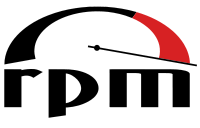
The yum repos are described in files which are stored in /etc/yum.repos.d/ . So if you want to remove a yum repo you just gotta go to that dir and remove the file in question. It’s more or less obvious why one would want to add a new repo (to get stuff from it!) but […]